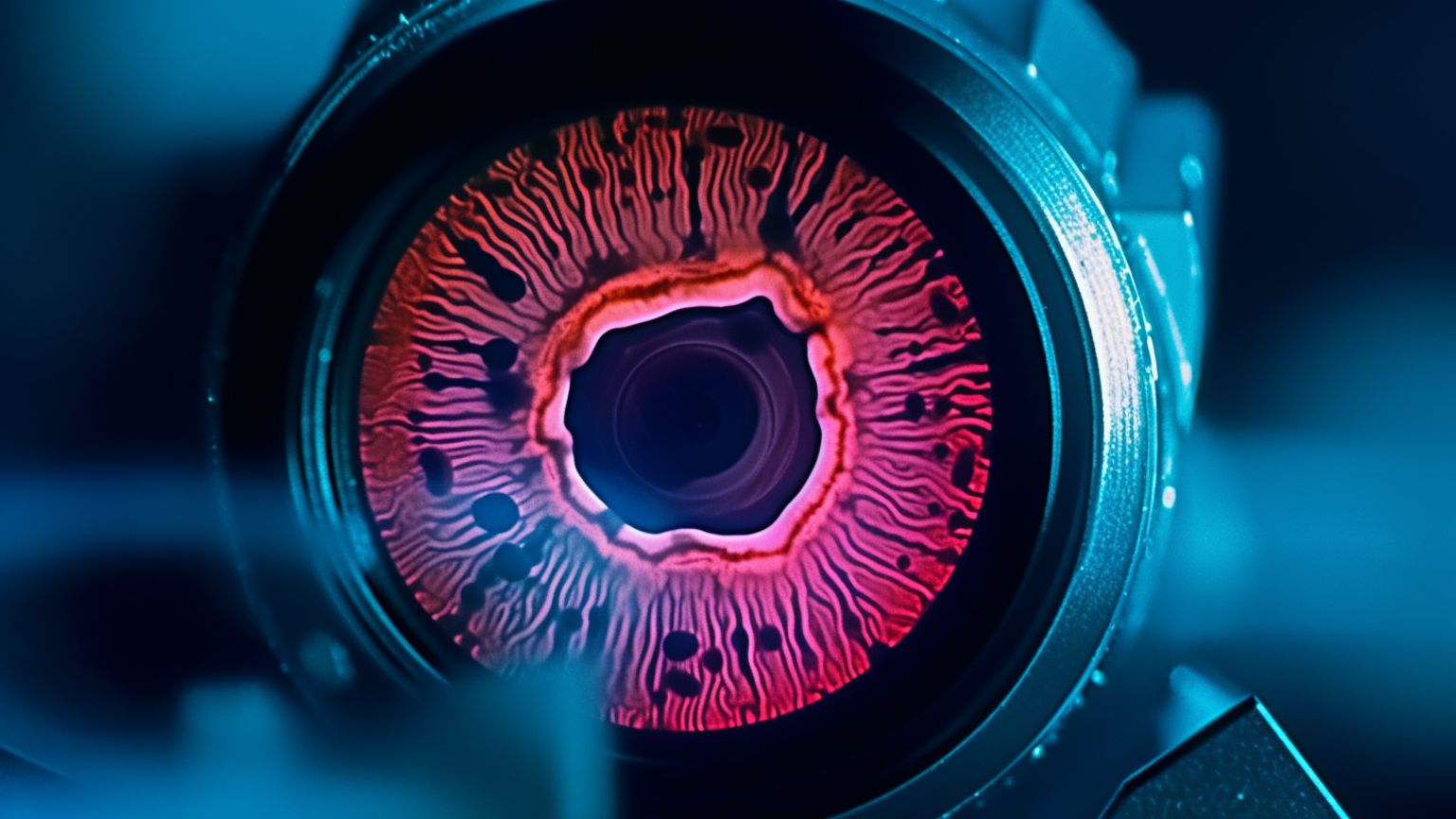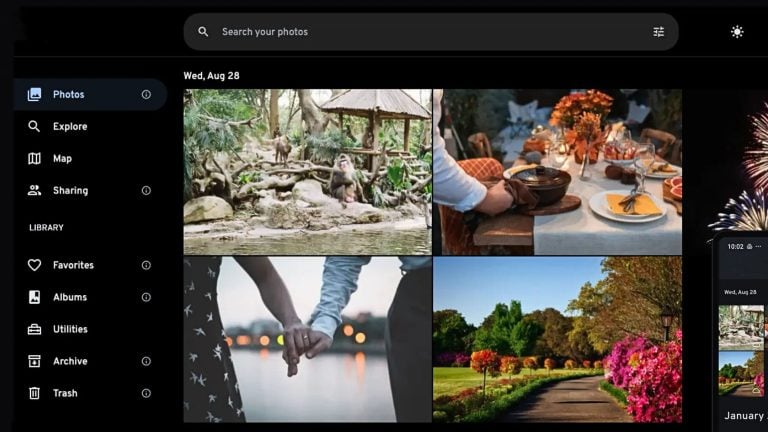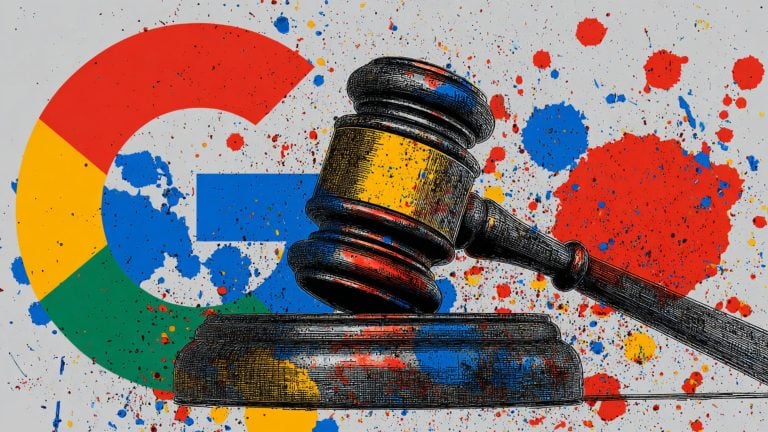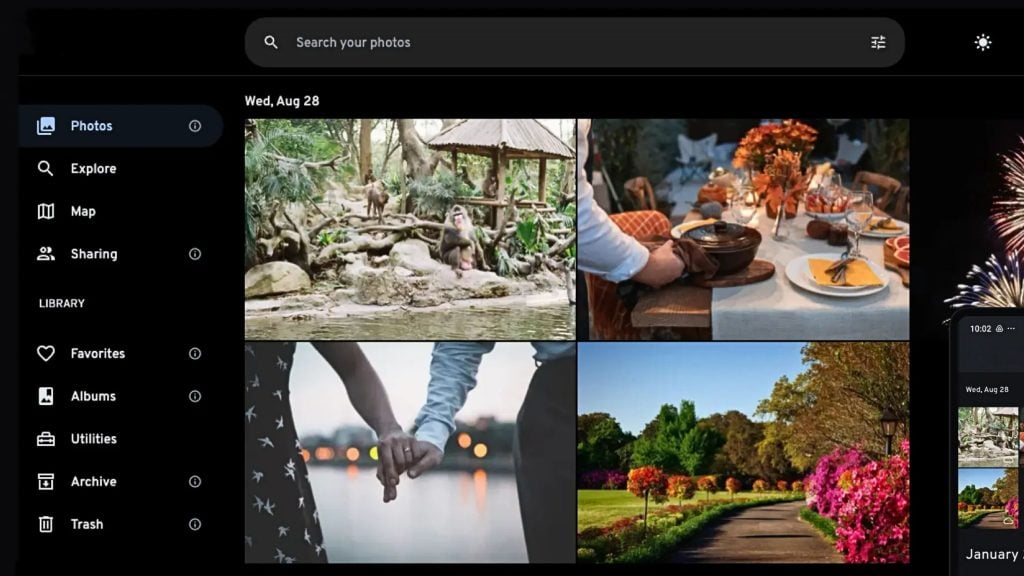A transparency report from Adobe about how it plans to co-operate with Australia’s Code of Practice on Disinformation and Misinformation, has revealed the extent to which its new rollout of technology that embeds data in images in order to curb misinformation is faring.
The Content Authenticity Initiative (CAI), which was launched by Adobe in collaboration with Twitter and the New York Times last year announced a partnership with Nikon and Leica to bring image marking technology to the Nikon Z9 and Leica M11 cameras.
The technology, at least according to CAI, will increase trust in photographers’ digital work by securing provenance information at the point of capture, including location, time, and how the image was taken.
Provenance is the facts of a piece of digital content like origin. CAI, launched in 2019, aims to restore trust in images people see online by embedding provenance information from the time an image is first captured.
According to its website, the CAI is “a group working together to fight misinformation and add a layer of verifiable trust to all types of digital content, starting with photo and video, through provenance and attribution solutions.”
The CAI also created the Coalition for Content Provenance and Authenticity (C2PA), a camera industry standard that will help establish trustworthy content and attributing of creators.
“As a leader at the forefront of innovative photography and the first camera manufacturer to join both the CAI and C2PA, Nikon’s use of CAI technology will accelerate implementation of the provenance technology for millions of creative professionals,” Nikon said.
“Nikon is exhibiting the Nikon Z9 specially equipped with its image provenance function, which conforms to C2PA standards and was developed in collaboration with the CAI. Nikon also leveraged the CAI’s open-source toolkit to implement this provenance function. Nikon is developing the C2PA provenance functionality for a future camera model.”
“For over a century, the Leica brand name has been synonymous with authentic images and cameras that have produced countless iconic photographs. Leica’s existing membership in the CAI and today’s extended partnership are broadening CAI’s reach to even more creative professionals and artists,” Leica said.
“With the increasing volume and velocity of digital content creation, including synthetic media, it is critical to ensure transparency, understanding, and trust in what we are consuming online while empowering consumers. Adobe feels a responsibility to support the creative community, and society at large, and is committed to finding solutions that help address the issues of manipulated media and tackle misinformation and disinformation.”
In 2022, Adobe’s User Experience (UX) research team partnered with Washington University’s Department of Computer Science and Engineering to investigate consumer perceptions of provenance signals. This research remains unpublished externally but contributes to Adobe’s understanding of how users interpret authenticity cues.
The software giant is continually liaising with government leaders and policymakers about the benefits of content provenance and the significance of educating consumers. In June 2022, Adobe achieved a notable milestone by collaborating with the European Commission’s Code of Practice on Disinformation. This international code encourages adoption by signatories, which include Adobe, Google, Meta, Microsoft, TikTok, among others, and specifically incorporates commitments on provenance and the C2PA standard.










